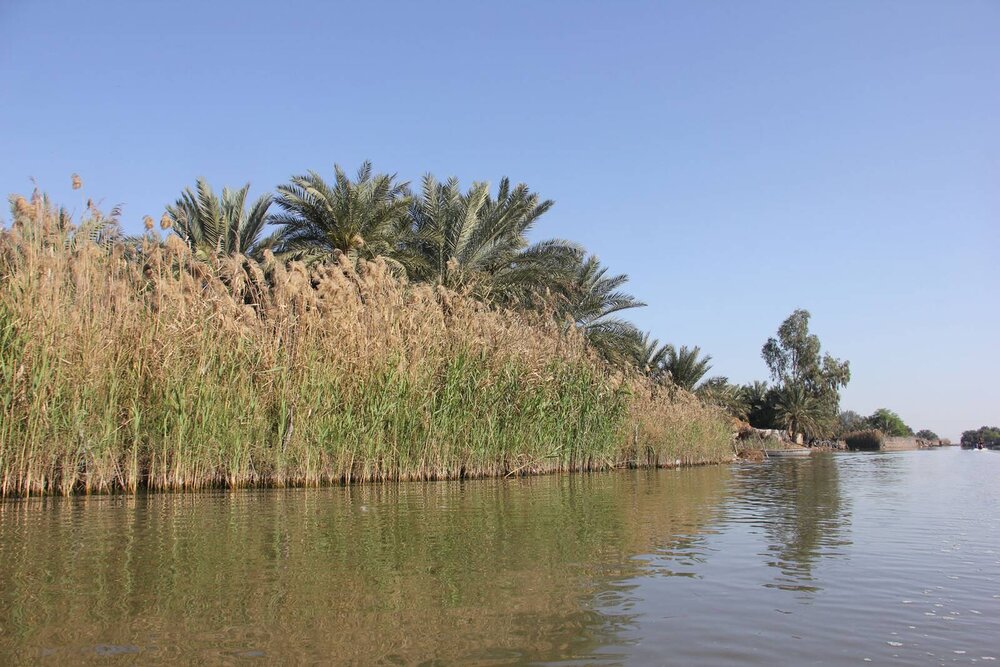Shadegan wetland monitored for highly pathogenic avian influenza

TEHRAN – A comprehensive plan for monitoring highly pathogenic avian influenza (HPAI) has been implemented across Shadegan wetland in southwestern Khuzestan province.
Shadegan wetland covers 530,000 hectares, 400,000 hectares of which has been designated as a Ramsar site (defined by the Ramsar Convention for the conservation and sustainable use of wetlands, recognizing the fundamental ecological functions of wetlands and their economic, cultural, scientific, and recreational value).
The wetland feeds on Marun and Karun rivers both crossing Kohgiluyeh and Boyer-Ahmad province, but after dam construction over the Karun river, the wetland went dry not receiving its water right.
Fourteen types of indigenous and migratory birds are living in the wetland and they are monitored constantly in terms of health, IRNA quoted Mostafa Kenarkoohi, the director-general of Khuzestan province’s veterinary department, as saying on Saturday.
Iran is a climatically rich country, so it is said that the number of bird species in Iran is higher than the whole of Europe. A wide range of wetlands is the reason behind migratory birds choosing Iran for an annual wintering habitat, as a large number of birds fly a thousand miles each year to benefit from this rich climate.
Many species of birds are migratory, birds migration is usually seasonal and round trip, which is due to climate change, access to food, and finding a suitable habitat, so the presence of birds in an area are the signs of being in balance and that the natural cycle is operating properly.
It is estimated that there are about 50 billion birds in the world out of 9,000 species, many of which are migratory. Accordingly, about 5 to 7 million birds migrate to Iran in different seasons. There are about 530 species of birds in Iran, 320 of which are migratory species, some of which are native species.
MG
